20 Edible Plants That Could Save Your Life
Sometimes, you have to think outside of the freeze-dried food paradigm. You may find yourself in the woods forced to run from your home or camp because of marauders with nothing to eat. Fortunately, there are many edible plants that can save your life if you know what they are, how to identify them and are comfortable with preparing them.
I don’t personally think that I will love eating a bunch of weeds to survive, but I will if needed. In a long-term disaster, I would certainly consider them vital to preserving life and the right edible plants could augment your gardens and food stores. I wanted to write up this list of 20 edible plants that are found mostly in the temperate region. There are certainly others you could find growing near you, but this is a good start. If I am able to master 20 edible plants in the area where I live, I would consider that a huge benefit to my prepping needs.
There are a lot of very recognizable plants you can eat like strawberries, blueberries, blackberries and so on, but I didn’t want to add those to the list.
Plants to avoid
Before you grab a good book on edible plants and run out into the woods with a bowl and a fork, you should practice some caution with this process. Not all plants are edible and knowing what not to eat is just as important as knowing what to eat. Before you forage, here are some simple rules to follow when you are trying to identify a plant.
Do not eat any plants that have the following traits
- Milky or discolored sap
- Grain heads with purple/pink or black spurs
- Beans, bulbs or seeds inside pods
- Yellow, white or red berries
- Soapy or bitter taste
- Never eat plants with thorns.
- Steer clear of plants with shiny leaves.
- Don’t eat mushrooms. Many are safe to eat, but many are highly toxic and even deadly, so it’s not worth the risk.
- Umbrella-shaped flowers are a bad sign. Stay away from these plants.
- Avoid anything that smells like almonds.
- Same as poison ivy, stay away from plants with leaves in groups of three.
Related – The vital self-sufficiency lessons our great grand-fathers left us
In addition to avoiding all of those traits, you want to forage for wild edible plants in areas that are less likely to have toxins. Plants growing near homes could have been sprayed many times with chemicals. Plants in water that is contaminated will likely hold that same contamination. Plants by the road will have picked up many harmful chemicals and pollution.
Before eating, use the Universal Edibility Test
Before taking the test, you need to fast for 8 hours. If you are desperate enough to need to find edible plants, this might be already the case.
- Test only one part of a potential food plant at a time.
- Separate the plant into its basic components – leaves, stems, roots, buds and flowers
- Smell the food for strong or acid odors. Remember, smell alone does not indicate if a plant is edible or not.
- During the 8 hours you are fasting, test for contact poisoning by placing a piece of the plant part you are testing on the inside of your elbow or wrist. Usually 15 minutes is enough time to get a reaction if there is going to be one.
- During the test period, take nothing by mouth except purified water and that plant part you are testing.
- Select a small portion of a single part and prepare it the way you plan to eat it.
- Before placing the prepared plant part in your mouth, touch a small portion (a pinch) to the outer surface of your lip to test for burning or itching.
- If after 3 minutes there is no reaction on your lip, place the plant part on your tongue and hold it there for 15 minutes. DO NOT SWALLOW.
- If there is no burning, itching, numbing, stinging , or any other irritation, swallow the plant part.
- Wait 8 hours. If any ill effects occur during this period, induce vomiting and drink a lot of water.
- If no ill effects occur, each ¼ cup of the same plant part prepared the same way. Wait another 8 hours. If everything is still good after all of these steps, the plant is considered edible.
Note: Just because the part you tested is edible, that doesn’t mean the entire plant is edible. Test all parts the same way before eating them.
Related – 4 Important Forgotten Skills used by our Ancestors that can help you in any crisis
List of Edible Plants
Amaranth (Amaranthus retroflexus and other species)
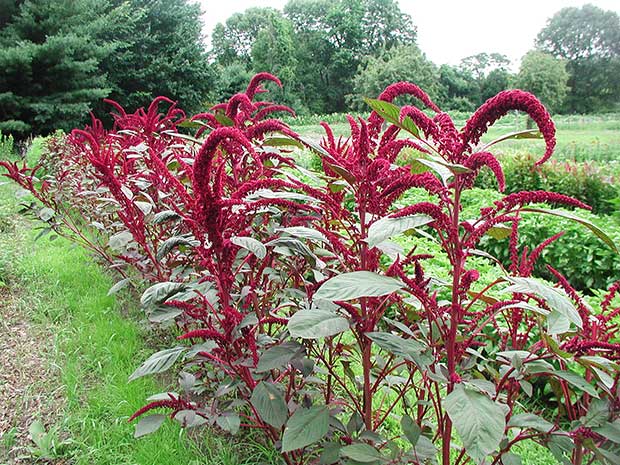
Amaranth is an edible weed found almost everywhere. You can eat all parts of the plant but some leaves contain spines. Boil the leaves to remove the oxalic acid and nitrates.
Asparagus (Asparagus officinalis)

Wild Asparagus grows in most of Europe and North America. This looks different than the fatter stalks you normally eat but can be eaten raw or boiled. Add a little butter and salt.
Burdock (Arctium lappa)

Young plant roots and stems can be cooked by boiling for about 20 minutes, then season to taste. Before cooking however, the stems should be peeled, and roots scrubbed in order to remove the bitter rind.
Related – Even SWAT Teams are helpless against THIS
Cattail (Typha species)

The lower parts of the leaves can be used in a salad; the young stems can be eaten raw or boiled; the young flowers (cattails) can be roasted.
Clover (Trifolium)
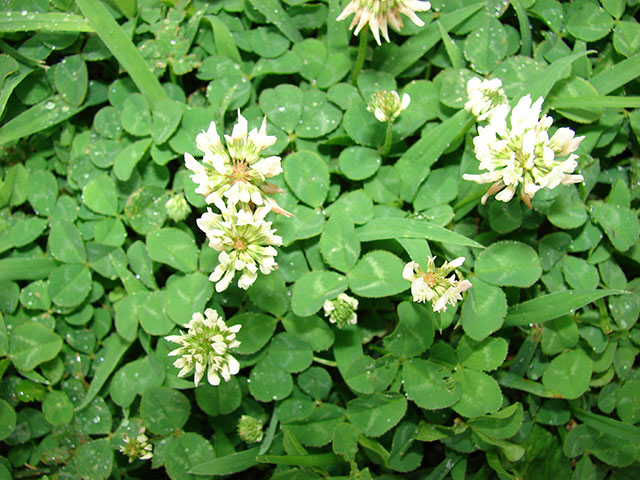
I have never been able to find a four-leaf clover but you can’t walk out in my back yard without stepping on this plant. You can eat the leaves raw or boil them.
Chicory (Cichorium intybus)

Leaves and root. Although the flower is edible, it is very bitter.
Chickweed (Stekkarua media)

Chickweed is a very nutritious herb, containing Vitamins A, B1, B2, B3, C, E along with Calcium, Copper, Iron, Magnesium, Manganese, Phosphorous, Potassium, Selenium, Silicon, Sodium, Sulfur and Zinc plus essential fatty acids. It can be eaten as a salad vegetable or cooked and eaten like cabbage.
Related – Knowledge to survive any medical crisis situation
Dandelion (Taraxacum officinale)

Dandelion leaves can be added to a salad or cooked. They can also be dried and stored for the winter or blanched and frozen.
Persimmon (Diospyros virginiana)

Persimmons are rich in vitamins A and B, and are a good source of fiber. To get the most nutritional value from persimmons, it’s best to eat them raw.
Plantain (Plantago species)

The leaves can be eaten raw or steamed for a spinach substitute, and are awesome raw in salads and blended into green smoothies, especially the younger ones as the mature leaves may taste slightly bitter.
Pokeweed (Phytolacca americana)

Pokeweed can be poisonous if not prepared carefully. You have to ensure you don’t get the roots and the shoots aren’t too long. Make sure you learn more about the proper cultivation and preparation of this plant before eating it.
Prickly pear cactus (Opuntia species)

Both the pads and the fruit of the prickly pear cactus are edible.
Purslane (Portulaca oleracea)

The moisture-rich leaves are cucumber-crisp, and have a tart, almost lemony tang with a peppery kick.
Sassafras (Sassafras albidum)

The leaves of Sassafras texture and can be used raw or cooked in salads or eaten right off the plant, unlike the berries, the leaves have a mild pleasant taste.
Sheep sorrel (Rumex acetosella)

You can use the leaves in salad, or make into soup.
Thistle (Cirsium species)

Flower head shown: Just strip the green off the leaf leaving the very edible midrib. Rub the “wool” off and enjoy, raw or cooked.
Water lily and lotus (Nuphar, Nelumbo, and other species)
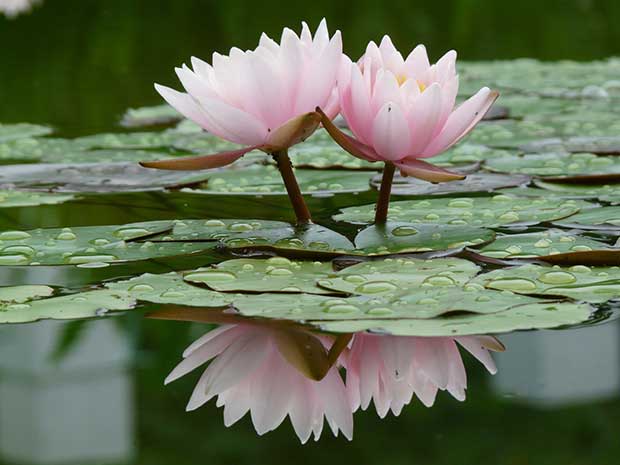
Leaves gathered anytime during the growing season (although, again, early spring growth is best of all) make good greens. Chop the pads into noodle-like strips and boil them in one change of water. The addition of a little bacon doesn’t hurt a thing.
Wild onion and garlic (Allium species)

All parts of this particular Wild Onion are edible, the underground bulbs, the long and thin leaves.
Wild rose (Rosa species)

Petals can be added to salads , desserts, beverages, used to make jelly or jam and be candied
Wood sorrel (Oxalis species)

The leaves, flowers, green seed pods, and roots are all edible, raw or cooked. It can be eaten straight out of the ground, added to soups, made into a sauce, or used as a seasoning. As a seasoning, it provides a lemony/vinegary taste to whatever it’s added to.
Now that you have some more information about the edible plants near you, why don’t you try eating some of these varieties the next time you go for a hike in the woods. Any wild edible plants that you eat that didn’t make the list?
Other Self-sufficiency and Preparedness solutions recommended for you:
The Lost Ways (The vital self-sufficiency lessons our great grand-fathers left us)
Survival MD (Knowledge to survive any medical crisis situation)
Backyard Liberty (Liberal’s hidden agenda: more than just your guns…)
Alive After the Fall (Build yourself the only unlimited water source you’ll ever need)
The Lost ways II (4 Important Forgotten Skills used by our Ancestors that can help you in any crisis)
The Patriot Privacy Kit (Secure your privacy in just 10 simple steps)
Remember, before eating these plants, use the Universal Edibility Test. Details inside.







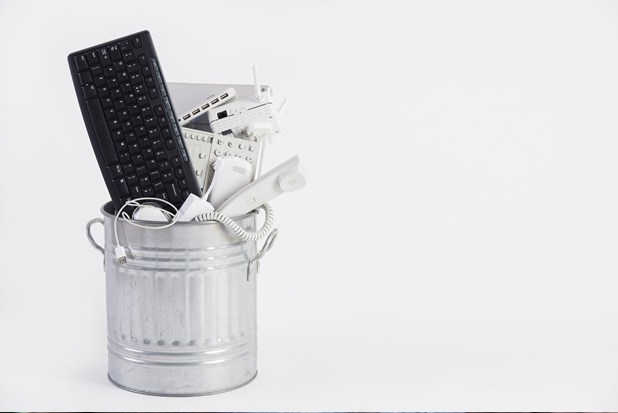



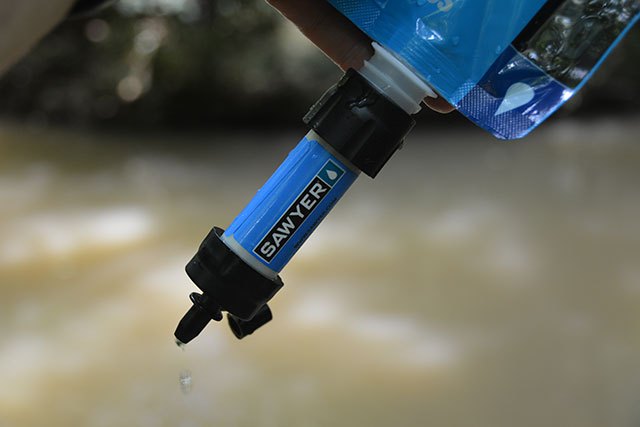
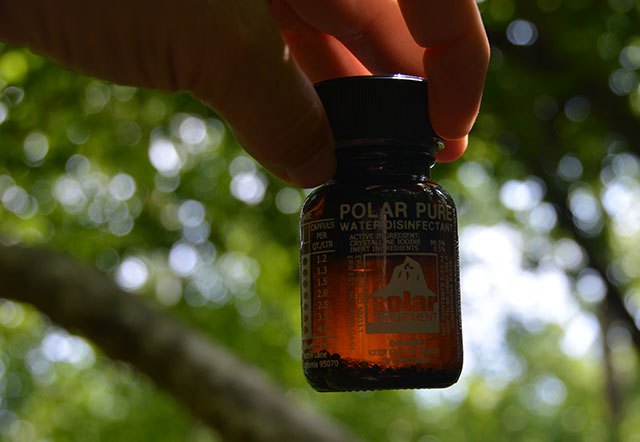


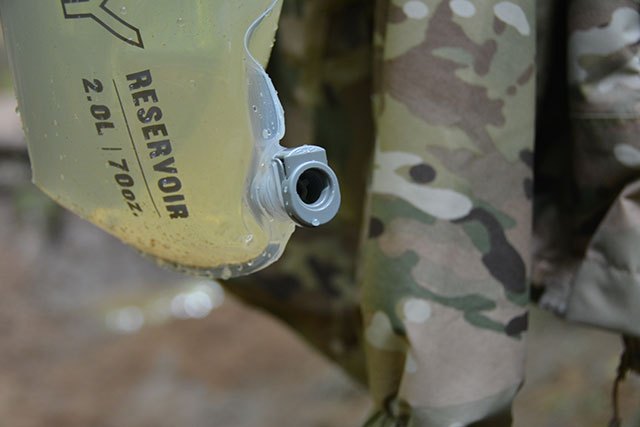








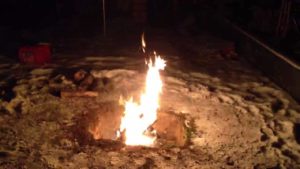
















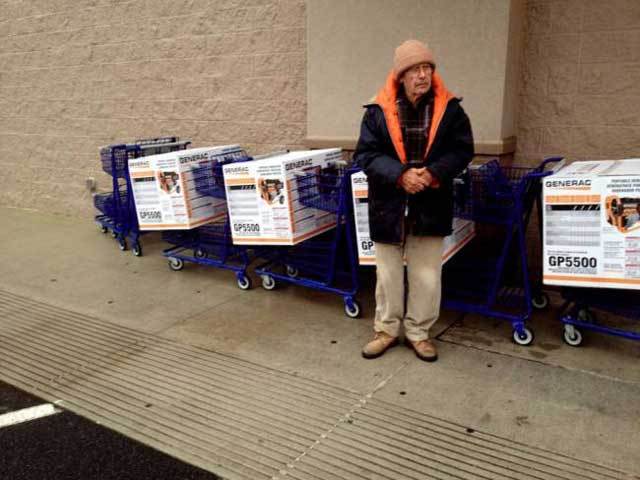






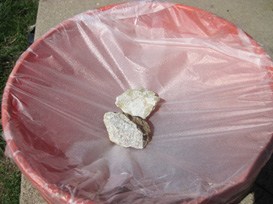

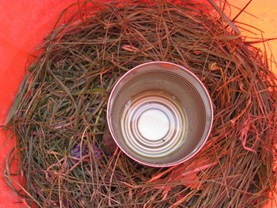

 Another good reason to keep an empty fuel tank in your car. Carol is always prepared…
Another good reason to keep an empty fuel tank in your car. Carol is always prepared…

 The amount of daytime light during the middle months of winter may be too little for plants to survive healthily. The problem is compounded if your house is not situated to receive the most light. Move your plants close to windows and areas that get adequate sunlight during winter. To promote the entry of more light, ensure you clean the windows thoroughly. Clean off any dust that might have settled on the leaves of the plants to maximize their light absorption.
The amount of daytime light during the middle months of winter may be too little for plants to survive healthily. The problem is compounded if your house is not situated to receive the most light. Move your plants close to windows and areas that get adequate sunlight during winter. To promote the entry of more light, ensure you clean the windows thoroughly. Clean off any dust that might have settled on the leaves of the plants to maximize their light absorption. People make a mistake of soaking their indoor plants with water during winter. This can damage your plants during the cold months. This is because water loss due to evaporation is nearly nonexistent. Besides, plants tend to grow slower during winter. Combined, these factors demand that you reduce the watering routine of your plants. A golden rule to determine when to water the plants involves sticking your finger about two inches into the soil. If it results in a dry finger then you need to water.
People make a mistake of soaking their indoor plants with water during winter. This can damage your plants during the cold months. This is because water loss due to evaporation is nearly nonexistent. Besides, plants tend to grow slower during winter. Combined, these factors demand that you reduce the watering routine of your plants. A golden rule to determine when to water the plants involves sticking your finger about two inches into the soil. If it results in a dry finger then you need to water. If yours are indoor tropical plants, it would be wise to spray them with a light mist a couple of times a day – preferably twice or thrice a day. This is because tropical plants thrive in humid conditions. Alternatively, you can place the plants in a humid environment such as the bathroom or where there is a water feature.
If yours are indoor tropical plants, it would be wise to spray them with a light mist a couple of times a day – preferably twice or thrice a day. This is because tropical plants thrive in humid conditions. Alternatively, you can place the plants in a humid environment such as the bathroom or where there is a water feature.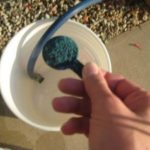 As we mentioned previously, all plants have reduced growth rate during winter. This means their nutritional need will also reduce. In case your plants are healthy, there is no need to fertilize them. If you really need to then you can dilute the fertilizer by at least 50 percent before applying. A better time to fertilize is during the fall.
As we mentioned previously, all plants have reduced growth rate during winter. This means their nutritional need will also reduce. In case your plants are healthy, there is no need to fertilize them. If you really need to then you can dilute the fertilizer by at least 50 percent before applying. A better time to fertilize is during the fall. Summer plants are usually vegetative and bushy in response to the higher temperatures. As the temperatures start to plummet, they begin to die in preparation for what we call floral hibernation. You cannot prevent this process from happening. However, you can help the plants by clearing away any debris. You must also shield the delicate parts of the plant to protect them from biting cold.
Summer plants are usually vegetative and bushy in response to the higher temperatures. As the temperatures start to plummet, they begin to die in preparation for what we call floral hibernation. You cannot prevent this process from happening. However, you can help the plants by clearing away any debris. You must also shield the delicate parts of the plant to protect them from biting cold. The extreme winter temperatures can take a toll on your garden soil causing it to crack. The frost caused by cold temperatures can harden the ground especially the soil type in your garden. Such cracks are bad news, especially for bulb beds. This is because the cracks in the soil can cause the bulbs to rise to the surface. The result will be catastrophic to your plants. A good tip is to spread new mulch (I’d preferably evergreen boughs) on the garden to protect the soil and the plants. The mulch will also prove help in the coming spring.
The extreme winter temperatures can take a toll on your garden soil causing it to crack. The frost caused by cold temperatures can harden the ground especially the soil type in your garden. Such cracks are bad news, especially for bulb beds. This is because the cracks in the soil can cause the bulbs to rise to the surface. The result will be catastrophic to your plants. A good tip is to spread new mulch (I’d preferably evergreen boughs) on the garden to protect the soil and the plants. The mulch will also prove help in the coming spring. Trimming is an important practice when it comes to taking care of your plants during winter. This is especially true with annual flowers, vegetables, and plants. While trimming, remove blackened stems and withering foliage completely. Such dying stems and foliage provide hiding grounds for pest and diseases that could compromise the health of your plants.
Trimming is an important practice when it comes to taking care of your plants during winter. This is especially true with annual flowers, vegetables, and plants. While trimming, remove blackened stems and withering foliage completely. Such dying stems and foliage provide hiding grounds for pest and diseases that could compromise the health of your plants.



